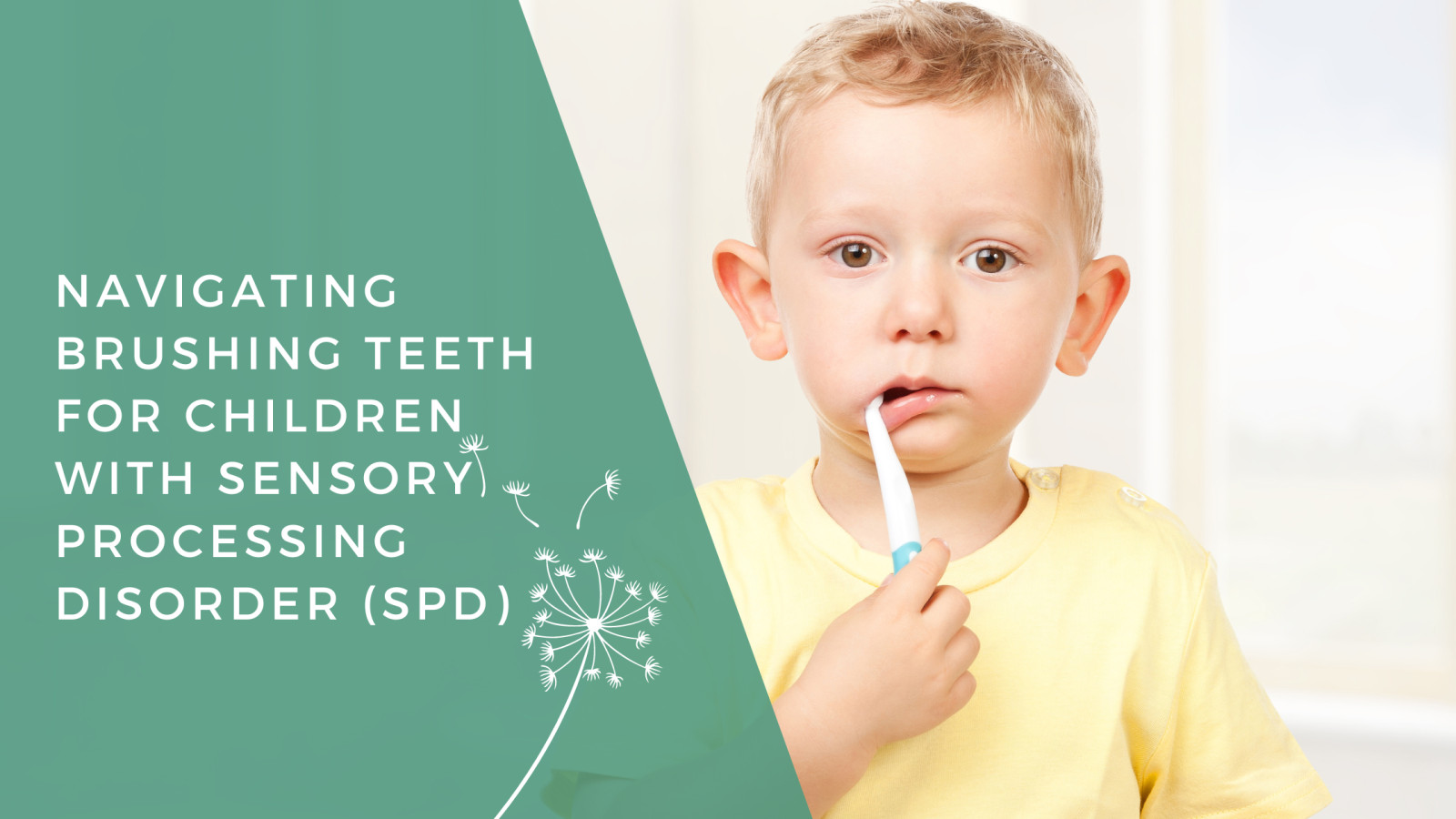
Navigating Brushing Teeth for Children with Sensory Processing Disorder (SPD)
Brushing teeth can be a simple nightly routine for many families, but for parents of children with Sensory Processing Disorder (SPD), it can be a nightmare. SPD can make everyday activities, including oral hygiene practices like tooth brushing, challenging due to heightened sensitivity to textures, tastes, and sensations. However, with patience, the right tools, and creative strategies, we parents can support our children in developing healthy brushing habits. Here are some tips and insights to help make tooth brushing less of a battle and more of an achievable goal.
Understanding their Aversion is Real
As tired parents just trying to get through the nightly routine can be frustrating. And when our children halt that timeline and add refusal, crying, meltdowns, etc, it can put us over the edge. But we have to remember that our children with SPD are likely experiencing heightened or reduced sensitivity to some sensory input. The feeling of a toothbrush in their mouth, the texture of toothpaste, the sound of brushing, or even the smell can be overwhelming for them. This heightened sensitivity can make tooth brushing feel like an unbearable, or even painful, experience, leading to resistance or meltdowns. Recognizing that these reactions are not a child’s defiance but a response to sensory overload is the first step in addressing the challenge. The second step is finding/using tools that support their sensory needs. The third? Well, that's mustering up all the patience you can to not add your own frustration to the chaos.
Sensory Needs Met First!
Although it can be hard to pack one more "to-do" into an already busy nighttime routine, this one is ESSENTIAL. Not only for tooth brushing, but for bath time, getting pj's on, going to sleep, and staying asleep. If an SPD kiddo's sensory needs are not met, espcially for demanding tasks, just be ready for trouble. Their bodies crave...NEED that sensory input to feel balanced and safe. Otherwise, every little touch, sound, or smell, can bring them to their breaking point. So plan on working one of their sensory exercises into the routine...jumping, swinging, wrestling...whatever helps balance and calm your child. You'll see that their bodies and brains will be more accepting of unpleasant activities like brushing their teeth.
Special Toothbrushes for Special Needs
To make the brushing experience more comfortable for children with SPD, consider investing in special toothbrushes designed for sensitive mouths. Here are some features to look for:
*Soft Bristles- Extra-soft bristles can reduce the feeling of harshness that many children with SPD experience.
*Vibrating Brushes-Electric toothbrushes with gentle vibrations can sometimes provide a calming sensation that helps reduce discomfort. This one is specifically designed for children with special needs, providing gentle vibrations and soft bristles.
*Textured Handles-For children who seek additional tactile input, toothbrushes with textured handles might be soothing to hold.
Sensory-Friendly Toothpaste
Traditional toothpaste flavors and textures can be off-putting for children with SPD. Look for toothpaste that is:
*Flavor-Free or Mildly Flavored-Options without strong mint or other intense flavors can be more tolerable.
*Non-Foaming- Some children find the foaming action of regular toothpaste distressing.
*Natural Ingredients- Toothpaste made from natural ingredients might be less irritating for sensitive mouths. This one is flouride free, has enamel protecting xylitol, and carries a flavor free version.
Make It Fun
Turning tooth brushing into a fun activity can also help. Even if just distracting from the task at hand, using fun can avert their senses elsewhere.
*Brushing Apps- There are apps available that play music or show videos for the duration your child should be brushing. This smart toothbrush "gamifies" brushing by rewarding points, has fun stickers, and shows how much of their mouth they missed/covered. It's helpful for parents to track progress too!
*Role Play- Use toys or stuffed animals to demonstrate brushing teeth, allowing your child to practice on them first.
*Papparazzi-I don't know about you, but my son LOVES having me take pictures of him (doing anything and everything) on my phone, then looking at himself in the pictures afterwards. Capitalize on this by making them the star of the bathroom! Get the camera out and start snapping away as they pose at different stages of brushing.
*Timers-Use a timer or a special hourglass to provide a visual cue for how long they need to brush.
Progress is Progress
We have a vision of what tooth brushing should look like...2 full minutes, getting every tooth, top and bottom, front and back, etc. But we have to realize that even though that's the end goal, it probably won't start out there. Be willing to accept that any progress is getting you to that end goal. Even if they're only willing to bite on the brush right now, that's at least getting them used to the brush in their mouth before adding the other stressful components. Remember that progress may be slow, and it’s important to be patient and consistent. Celebrate small successes and offer plenty of reassurance.
Tooth brushing doesn’t have to be a nightly struggle for children with Sensory Processing Disorder. By understanding the root of their sensitivities and incorporating special tools, sensory activities, and creative strategies, you can help your child develop a more positive relationship with this crucial aspect of their daily routine. With patience and persistence, even the most challenging task can become a manageable—and even enjoyable—part of your day. Happy brushing!




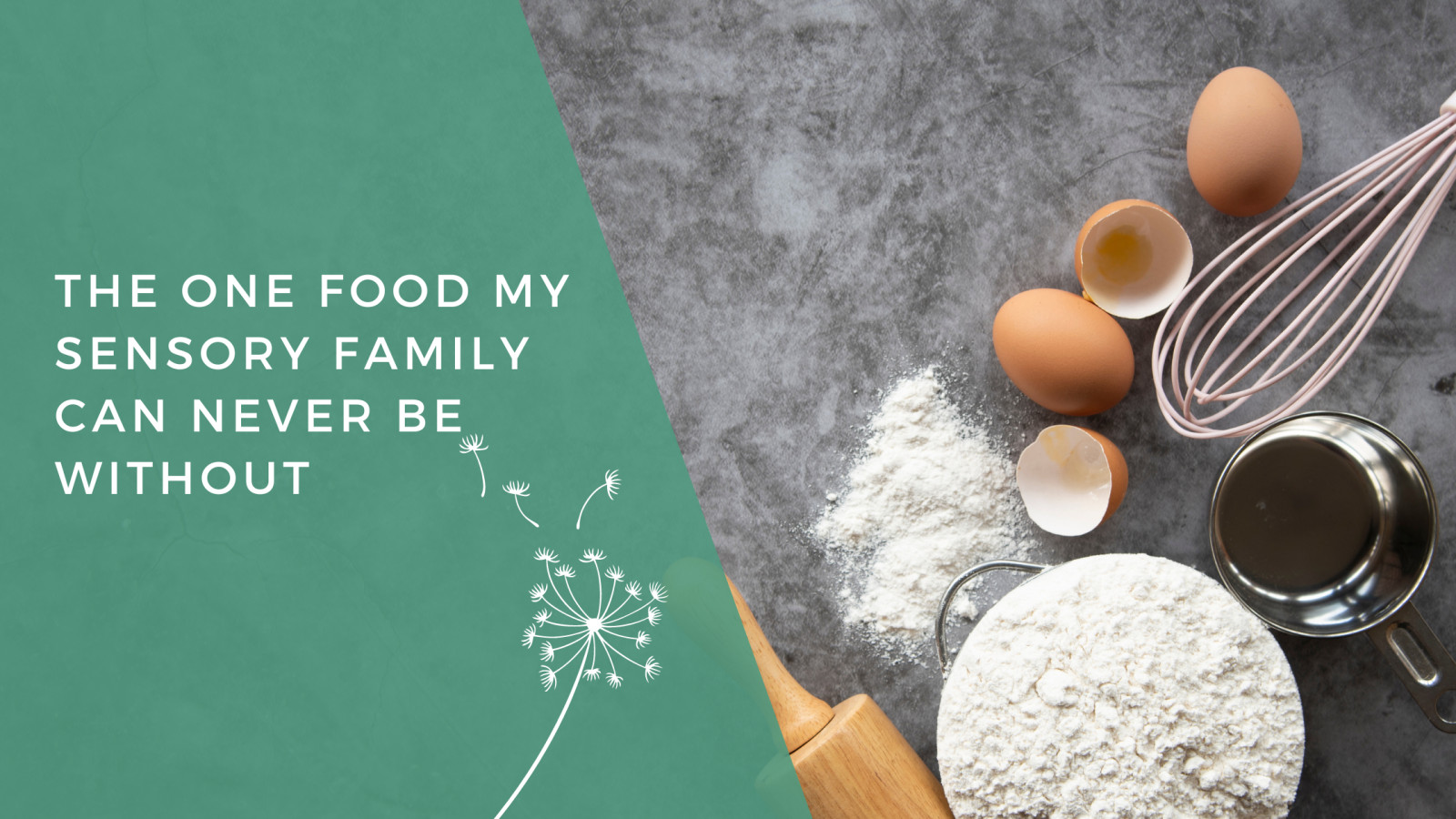
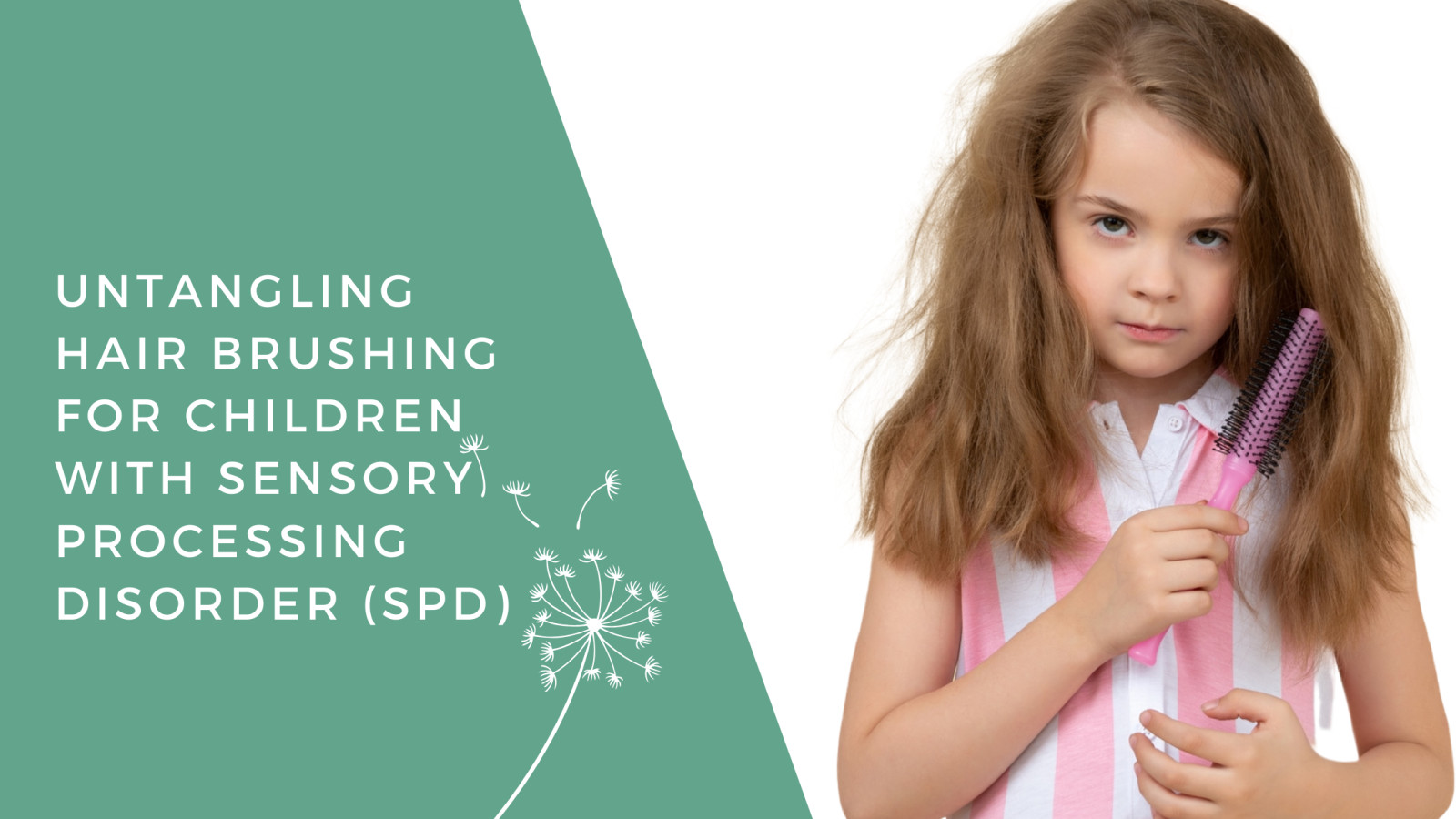
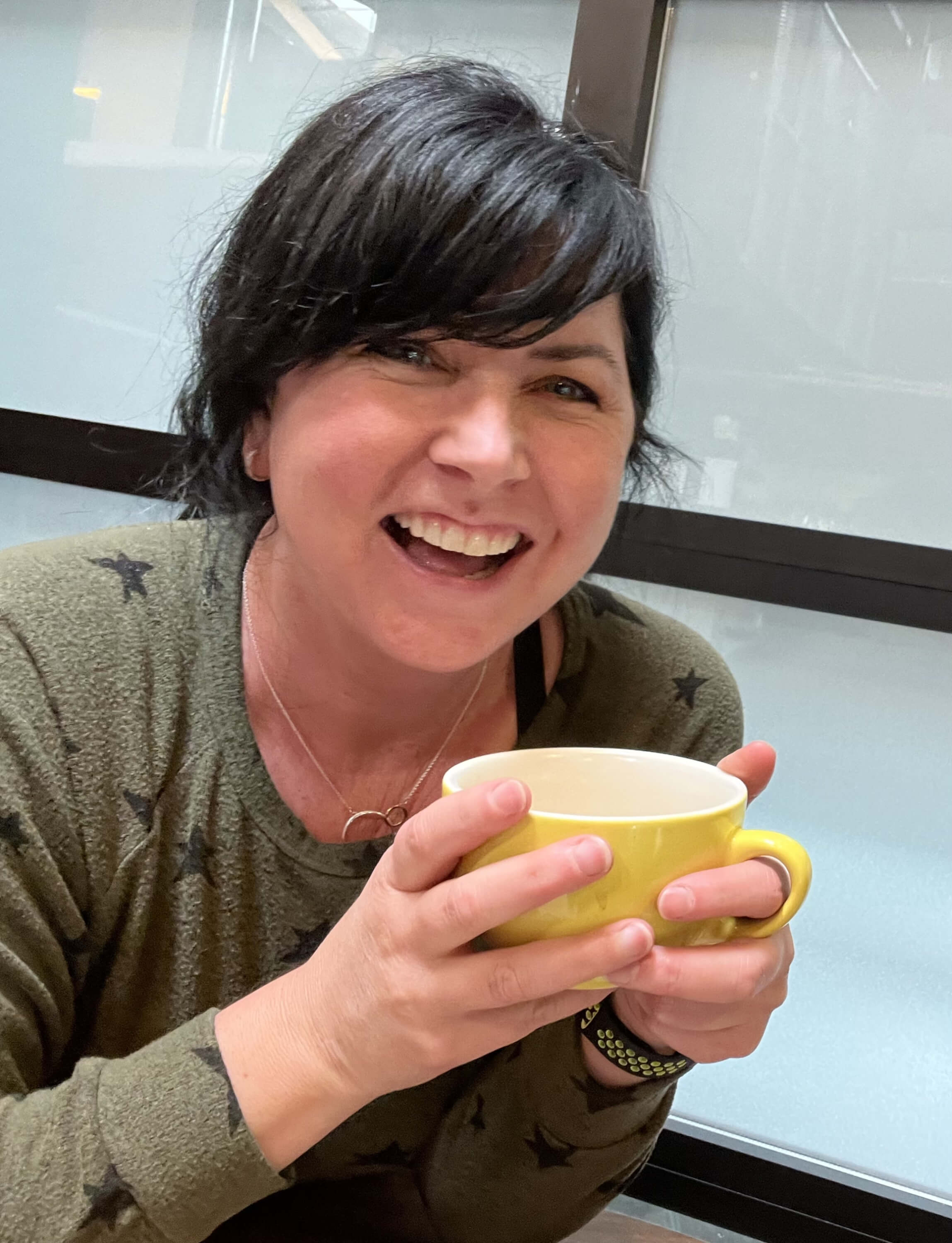

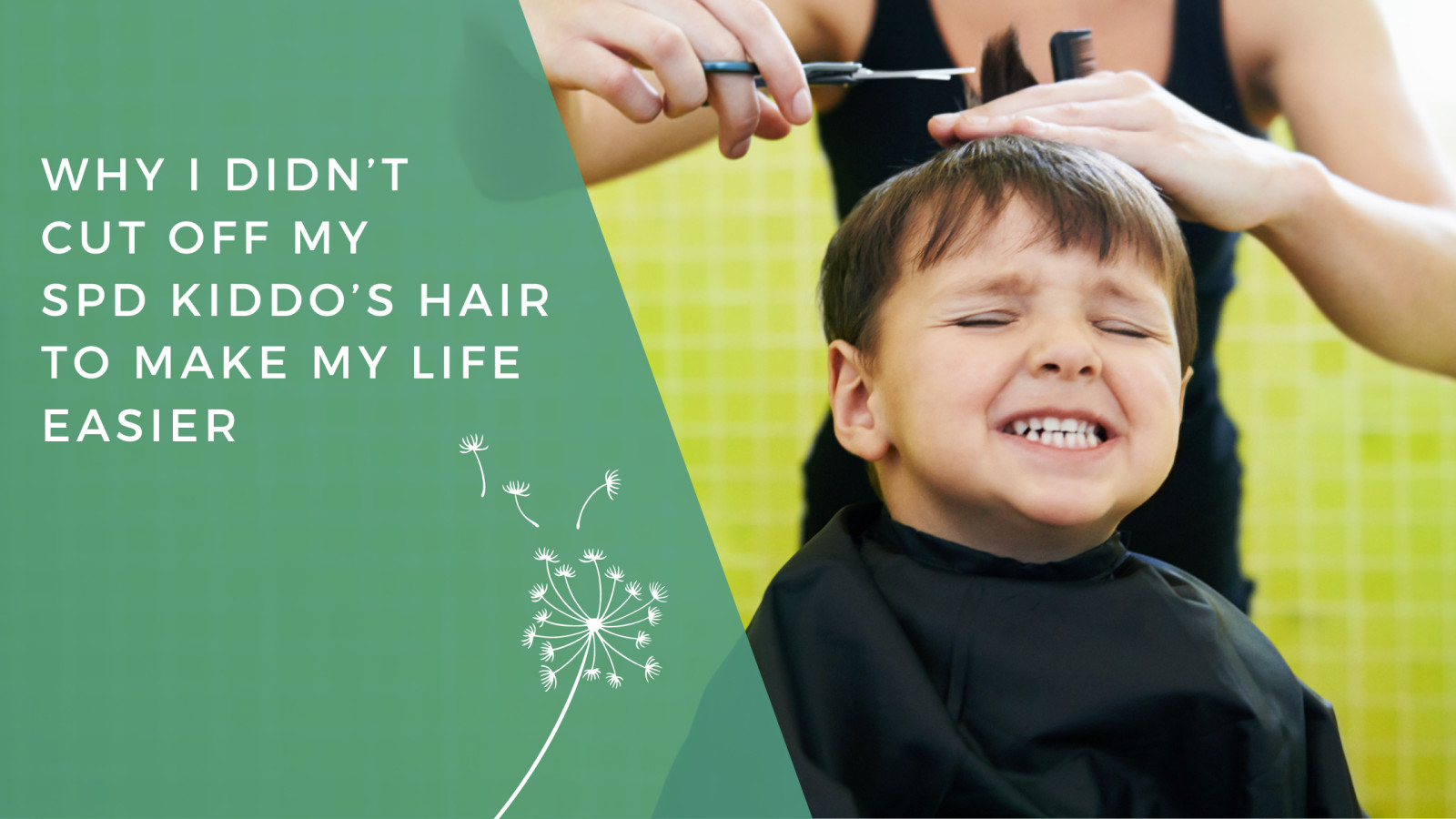

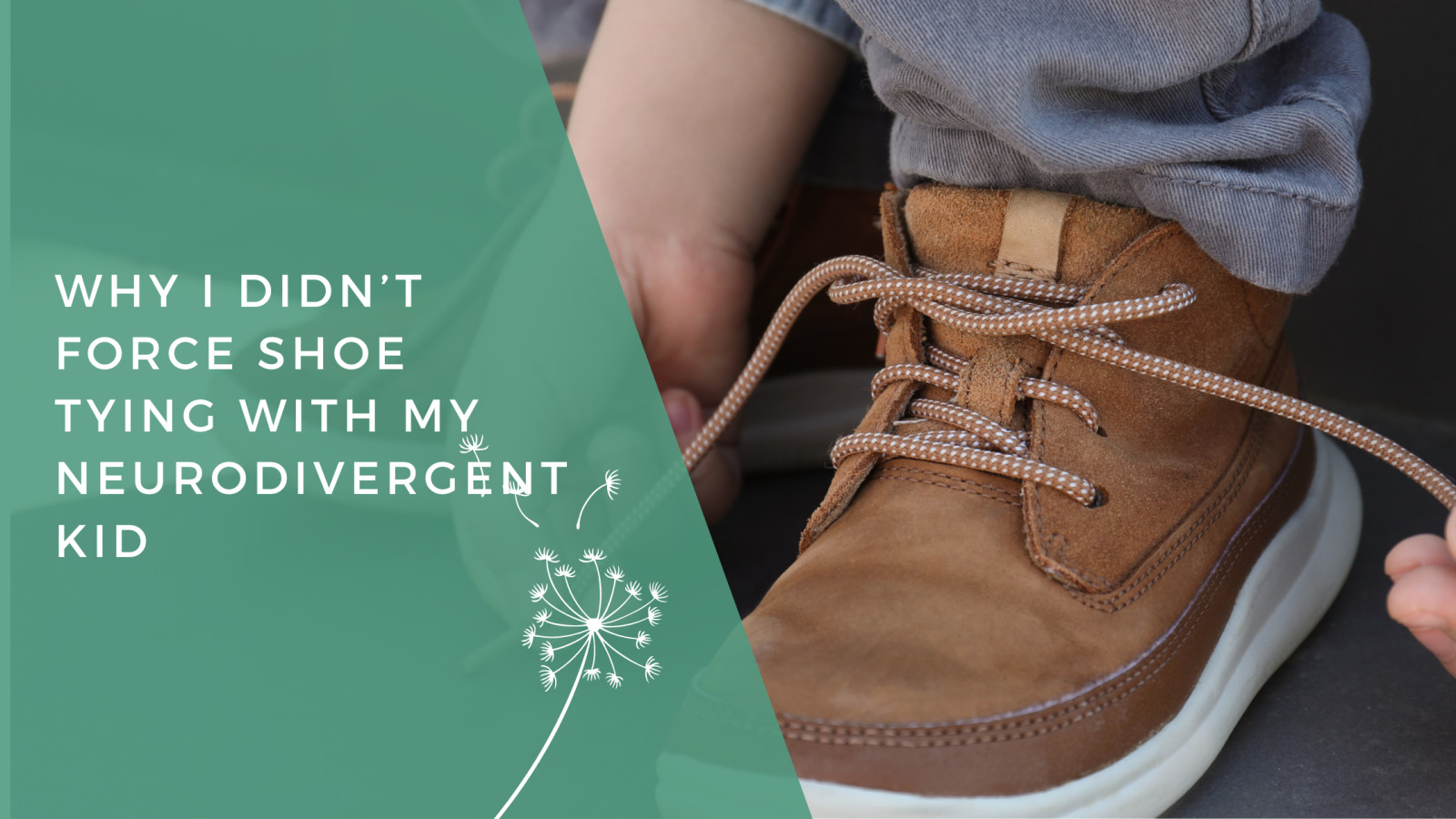




0 Comments